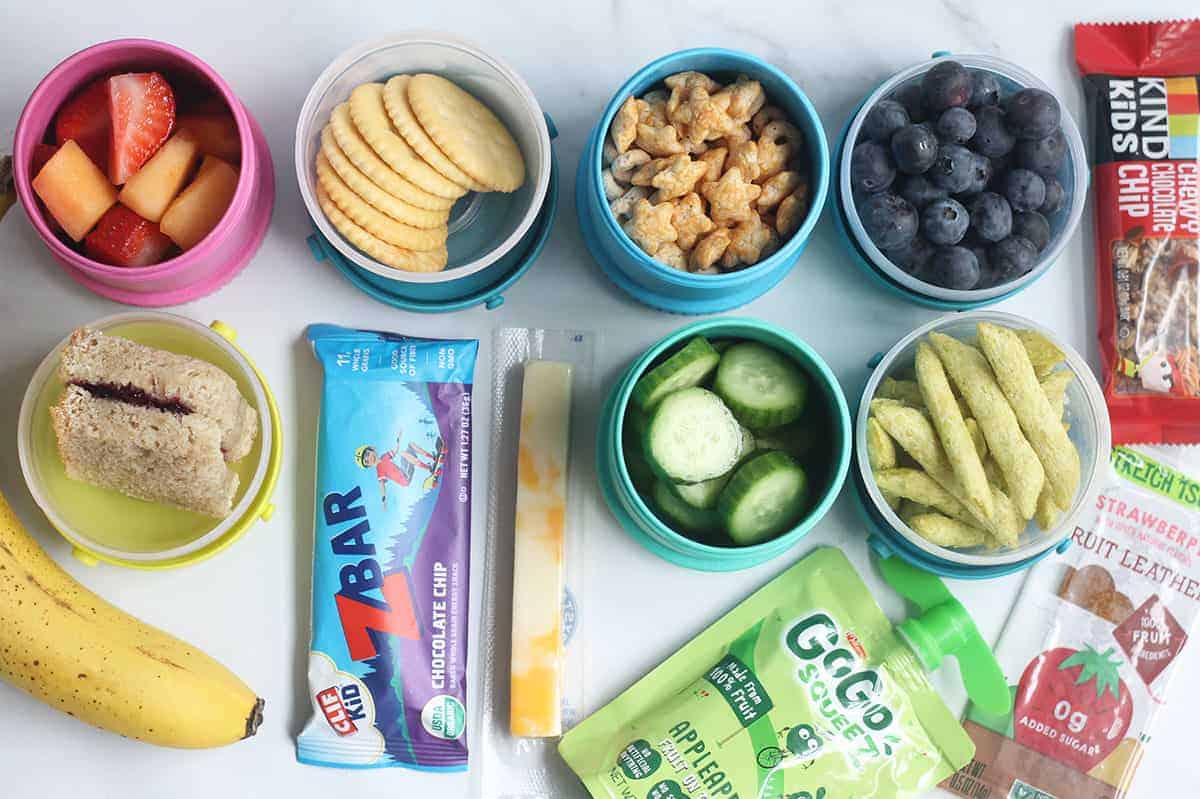- Empty cart.
- Continue Shopping
The Risks and Benefits of Children’s Snack Foods

Snacking is an integral part of a child’s daily routine. While snacks can be a convenient way to keep kids fueled throughout the day, the choices we make can have long-lasting impacts on their health. This blog post aims to shed light on the risks and benefits associated with children’s snack foods, offering a balanced perspective to help parents make informed decisions.
The Risks of Children’s Snack Foods
High Sugar Content
One of the most glaring issues with many children’s snacks is their high sugar content. Consuming too much sugar can lead to a variety of health problems, including obesity, diabetes, and even behavioral issues.
Artificial Ingredients
Many processed snacks contain artificial colors, flavors, and preservatives. These additives may have adverse effects on children’s health, including allergies and hyperactivity.
Nutritional Imbalance
Snacks like chips and cookies often lack essential nutrients. When children fill up on these foods, they are less likely to consume balanced meals, leading to nutritional deficiencies.
Poor Eating Habits
Frequent consumption of unhealthy snacks can set the stage for poor eating habits that persist into adulthood. This can increase the risk of developing chronic diseases later in life.
The Benefits of Children’s Snack Foods
Convenience
Let’s face it; snacks are convenient. They’re easy to pack, have a long shelf life, and are perfect for on-the-go families. This convenience can be a lifesaver for busy parents.
Nutrient Boost
Not all snacks are created equal. Nutrient-dense options like fruit, yogurt, and whole-grain crackers can provide essential vitamins and minerals. These snacks can serve as a valuable supplement to meals.
Energy Refueling
Snacks can act as a quick energy source, especially for active children who burn calories quickly. Healthy snacks can provide the energy kids need to focus in school and participate in extracurricular activities.
Portion Control
Snacks are often portion-controlled, which can help teach children about moderation. This can be particularly beneficial for kids who are learning about healthy eating habits.
Striking a Balance: Tips for Parents
Read Labels
Always read the nutritional labels before purchasing snacks. Look for options that are low in sugar, salt, and artificial ingredients.
Plan Ahead
Planning snacks in advance can help you avoid last-minute unhealthy choices. Prepare a weekly snack menu and do your grocery shopping accordingly.
Involve Kids
Let your children be part of the snack-choosing process. Teach them how to read labels and make healthy choices, empowering them for the future.
Opt for Homemade
Whenever possible, opt for homemade snacks. Not only can you control the ingredients, but homemade snacks are often more economical.
Finally, Children’s snack foods come with their own set of risks and benefits. While the convenience and quick energy boost are undeniable advantages, the high sugar content and artificial ingredients pose significant risks. The key is to strike a balance by making informed choices and planning ahead. By doing so, you can ensure that your children enjoy the benefits of snacking without compromising their long-term health.








